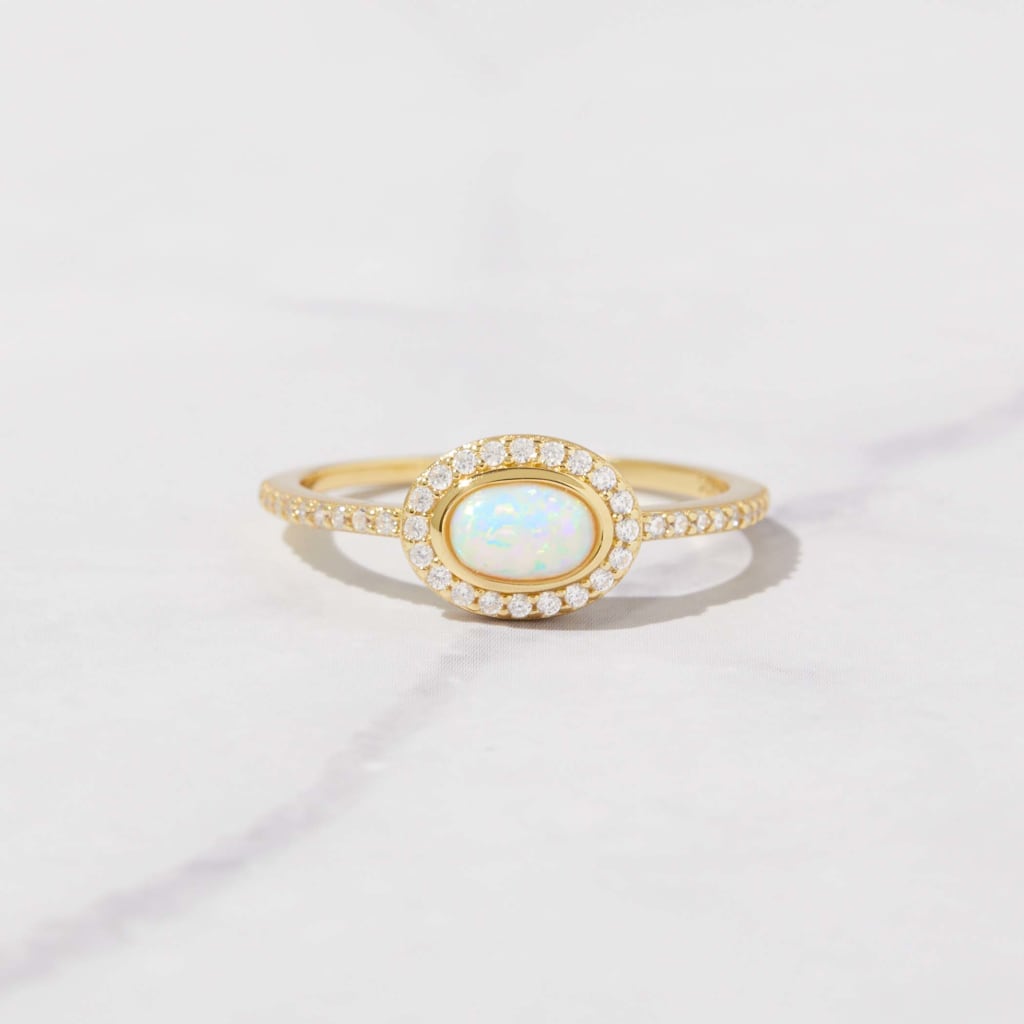The Art of Crafting 925 Silver Rings: A Behind-the-Scenes Look
Crafting 925 silver rings is an intricate art form that combines traditional techniques with modern innovations. Each piece is a testament to the skill and creativity of the artisans who create them. Here’s a behind-the-scenes look at the fascinating process of crafting 925 silver rings.

1. Designing the Ring
The journey of a 925 silver ring begins with a design. This phase involves creativity, artistry, and careful planning.
Conceptualization
Inspiration: Designers draw inspiration from various sources, including nature, architecture, history, and contemporary trends.
Sketching: Initial ideas are sketched on paper, capturing the essence of the ring’s design.
Digital Rendering: Modern jewelry design often includes creating digital models using CAD (Computer-Aided Design) software. This allows for precise adjustments and a 3D view of the final product.
Prototyping
Wax Models: Traditional methods involve carving a prototype out of wax. This wax model will be used to create a mold for casting the ring.
3D Printing: Advanced techniques use 3D printers to produce highly detailed prototypes from digital designs.
2. Selecting and Preparing the Silver
Quality materials are essential for crafting a durable and beautiful ring.
Purity of Silver
925 Silver: Also known as sterling silver, it consists of 92.5% pure silver and 7.5% other metals (usually copper) to enhance strength and durability.
Melting and Casting
Melting: The silver is melted in a furnace at high temperatures.
Casting: The molten silver is poured into the mold created from the wax model or 3D printed prototype. This process can be done using traditional sand casting or more modern lost-wax casting techniques.
3. Shaping and Forming the Ring
Once the silver has cooled and solidified, the rough cast is removed from the mold and refined.
Initial Shaping
Cutting and Filing: Excess material is cut away, and the ring is filed to smooth out rough edges.
Annealing: The silver is heated and then slowly cooled to make it more malleable for further shaping.
Forming
Hammering: Artisans use hammers and anvils to shape the ring, ensuring it is the correct size and shape.
Rolling: For uniformity, the ring may be passed through rolling mills to achieve a consistent thickness.
4. Detailing and Decoration
Adding details is where the ring begins to take on its unique character.
Engraving
Hand Engraving: Skilled artisans use tools to carve intricate designs by hand.
Machine Engraving: More precise or repetitive patterns can be achieved using engraving machines.
Stone Setting
Gemstone Selection: If the design includes gemstones, they are carefully selected for size, quality, and color.
Setting: Techniques such as prong, bezel, or pave settings are used to secure the stones in place.
Adding Finishes
Polishing: The ring is polished to a high shine using polishing wheels and compounds.
Oxidizing: For an antique look, the silver can be treated to darken certain areas, highlighting the design’s details.
5. Quality Control and Final Touches
Before a ring is ready to be sold, it undergoes rigorous quality checks.
Inspection
Structural Integrity: Ensuring there are no weak points or defects in the silver.
Detail Accuracy: Checking that all design elements meet the original specifications.
Final Polishing and Cleaning
Ultrasonic Cleaning: The ring is cleaned in an ultrasonic cleaner to remove any residues.
Final Polish: A last polish ensures the ring has a perfect finish.
6. Packaging and Presentation
The final step is packaging the ring in a way that reflects its beauty and craftsmanship.
Packaging
Presentation Boxes: High-quality boxes protect the ring and add to its appeal.
Certificates: Authenticity certificates and care instructions may be included, especially for pieces with precious gemstones.
Marketing
Photography: Professional photos are taken to showcase the ring’s features for catalogs and online stores.
Display: In physical stores, rings are displayed under optimal lighting to highlight their sparkle and craftsmanship.
Conclusion
The art of crafting 925 silver rings is a blend of traditional techniques and modern technology, requiring a high level of skill and precision. From the initial design to the final polish, each step in the process is crucial to creating a piece that is both beautiful and durable. Understanding this intricate process not only enhances our appreciation for these stunning pieces but also underscores the craftsmanship involved in bringing a simple concept to life as a treasured piece of jewelry.
About the Creator
Enjoyed the story? Support the Creator.
Subscribe for free to receive all their stories in your feed. You could also pledge your support or give them a one-off tip, letting them know you appreciate their work.





Comments
There are no comments for this story
Be the first to respond and start the conversation.